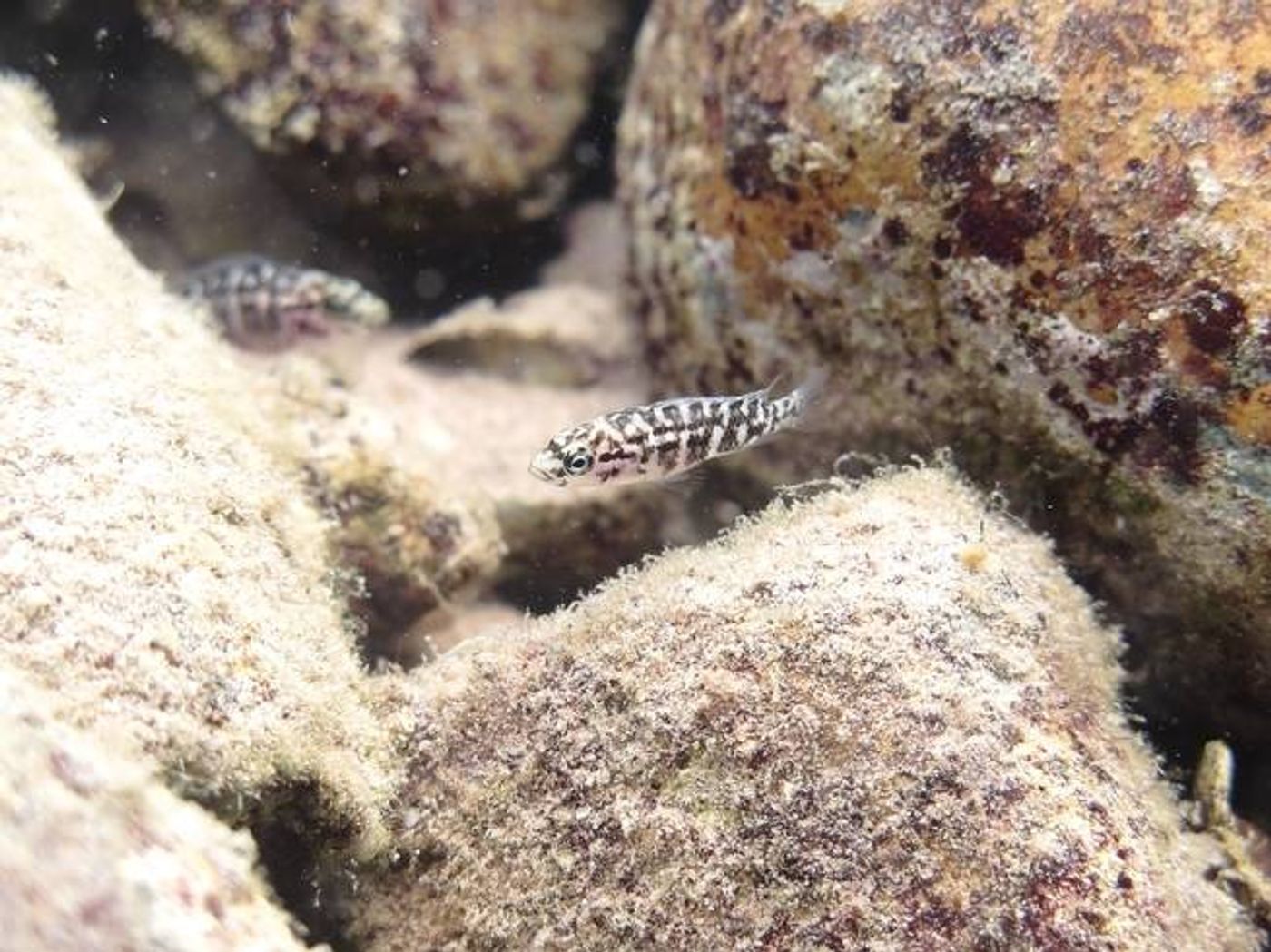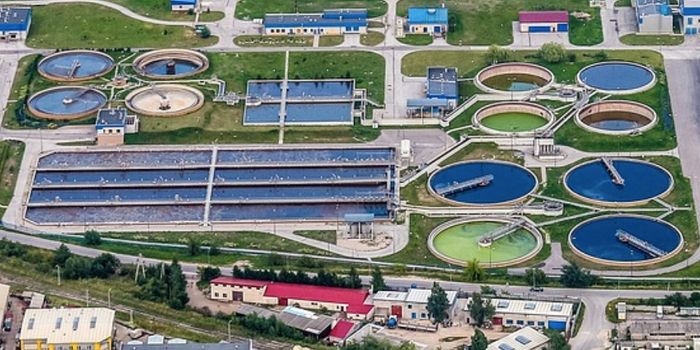These Fish Acquire More Prey Through Teamwork
New research published in the journal Behavioral Ecology and Sociobiology this month by researchers from the Switzerland-based University of Bern sheds new light on a somewhat unusual behavior displayed by a fish species found only in Zambia’s Lake Tanganyika.
Image Credit: Hirokazu Tanaka
Neolamprologus obscurus works cooperatively with other fish of its kind to excavate stones at the bottom of the lake for shelter. But as it would seem, these shelters do more than just protect the fish from predators; they also increase prey abundance for the fish themselves.
Neolamprologus obscurus exhibits a particular taste for the shrimp that reside within the lake. Ironically, these shrimp attempt to avoid predation by swimming into the fish-built shelters, but the plan backfires. The shrimp suddenly find themselves face-to-face with their natural predator.
Citing the study, this is the first-known observation of teamwork-based prey acquisition in a fish species to date.
“The function of these excavated cavities is much like that of the webs of social spiders, which live in groups and share the trapped prey among group members,” explained study lead author Hirokazu Tanaka from the University of Bern.
Related: These fish incubate their eggs with the help of hydrothermal vents
The curious researchers set out to learn more about the underwater cavities, including how big they were and whether it correlated in any way with prey abundance. The team put on its scuba gear and deployed artificial shelters of various sizes to see how they’d perform. They also analyzed the stomach contents of the fish that used them.
After about a week of experimenting, the team noticed two things: 1) larger shelters yielded more shrimp, and 2) when more helper fish were working together to maintain the artificial shelters and prevent sand from clogging them up, more shrimp could gather inside of them.
“Helpers in Neolamprologus obscurus extend and maintain the excavated cavities, and by doing so, contribute to an increase in food abundance inside the territory of breeding females,” Tanaka added.
“Fish living in groups may be able to increase and maintain considerably larger excavated cavities per capita compared to solitary living fish. Consequently, group living enables Neolamprologus obscurus to efficiently increase the prey abundance in their territory. This increases the body condition and future reproductive success of breeders and/or helpers.”
Related: Are the chemicals we flush down our toilets resulting in more transgender fish?
Additional research could reveal whether any other fish species cooperate in comparable ways to obtain higher volumes of prey. It should be interesting to see what researchers might find in the future.
Source: Popular Science, Springer









